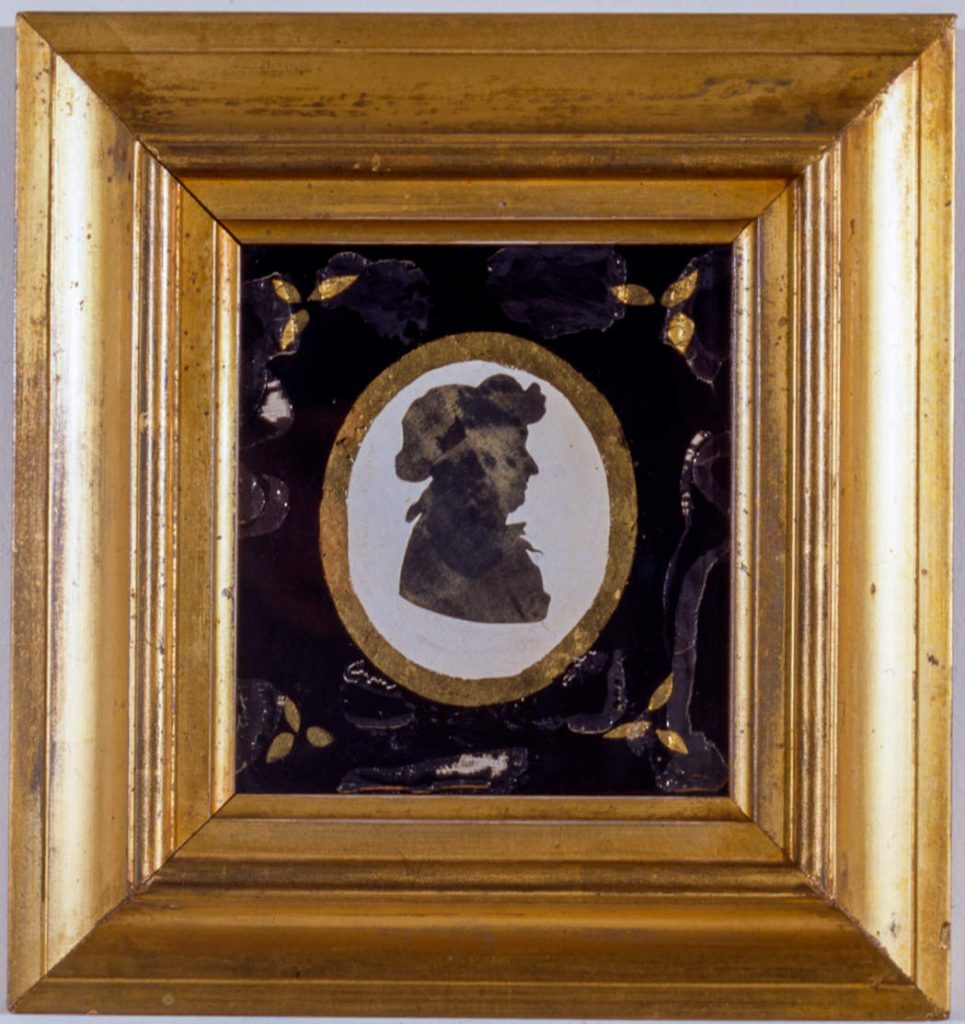While not unprecedented, the marriage of Isaac Mendes Seixas, a Sephardi, and Rachel Levy, an Ashkenazi, in 1740 marked a symbolically significant union of traditions, and a step in the long process toward the erasure of certain distinctions in favor of an American Judaism. Seixas was born into a converso family who had fled Portugal for London in 1725, after his father was accused of crypto-Jewish practices. Five years later Seixas left for New York and eleven years after his arrival married Rachel Levy, daughter of wealthy New York merchant Moses Raphael Levy. Among their six surviving children were Gershom, who was to become one of the leading figures in early American Jewish life, and their youngest, Grace, whose life would be marked by a passionate engagement with Judaism and literature.
When the Revolution erupted, she and her family, like many supporters of the patriot cause, left New York for Philadelphia. There she met and married Simon Nathan. They returned to New York after the war, and she gave birth to her only child, Seixas.
Profoundly interested in literature, Grace left us a large corpus of letters and an unpublished collection of poetry. Engaged with contemporary developments in arts and letters, she wrote to her niece, “I have read the whole of Lord Byron’s work very lately indeed and I recommend them to you.” She imbued her family with this love of literature, an influence that can perhaps be traced through the generations to her descendent Emma Lazarus whose poem the “New Colossus” sits inscribed in bronze at the base of the Statue of Liberty.
Grace also cultivated a relationship with Judaism. In a letter she wrote to her son at the end of her life she said, “I die in the full faith of my Religion. Need I exhort you to the full cultivation of your endearing children and give them a just idea of their religious and moral principles, these being the corner stones of all good.”
